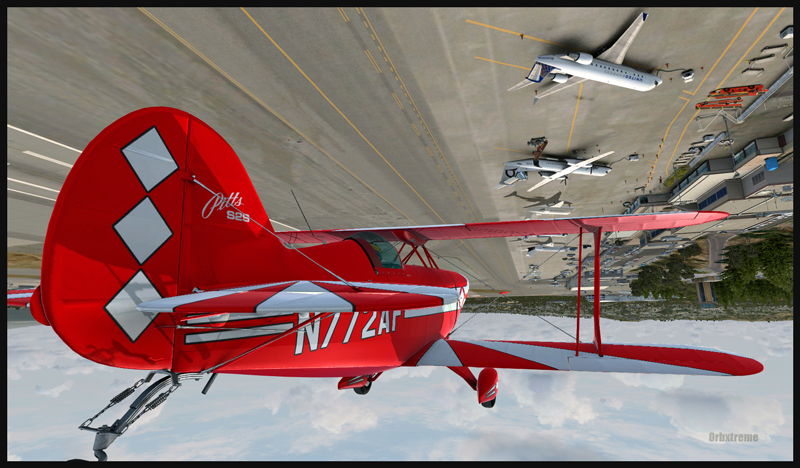Here is a screen capture added recently to the flight simulation section, under “virtual pictures”. The Pitts Special was designed in Wyoming and the first one was built in 1971. This aircraft has won more open competitions in United States than any other type. Everyone who has flown the Pitts Special praise its quick reactions at the slightest pressure on the controls. In the actual scene, the aircraft is over the Monterey airport, a creation of Orbx for the FSX platform.
